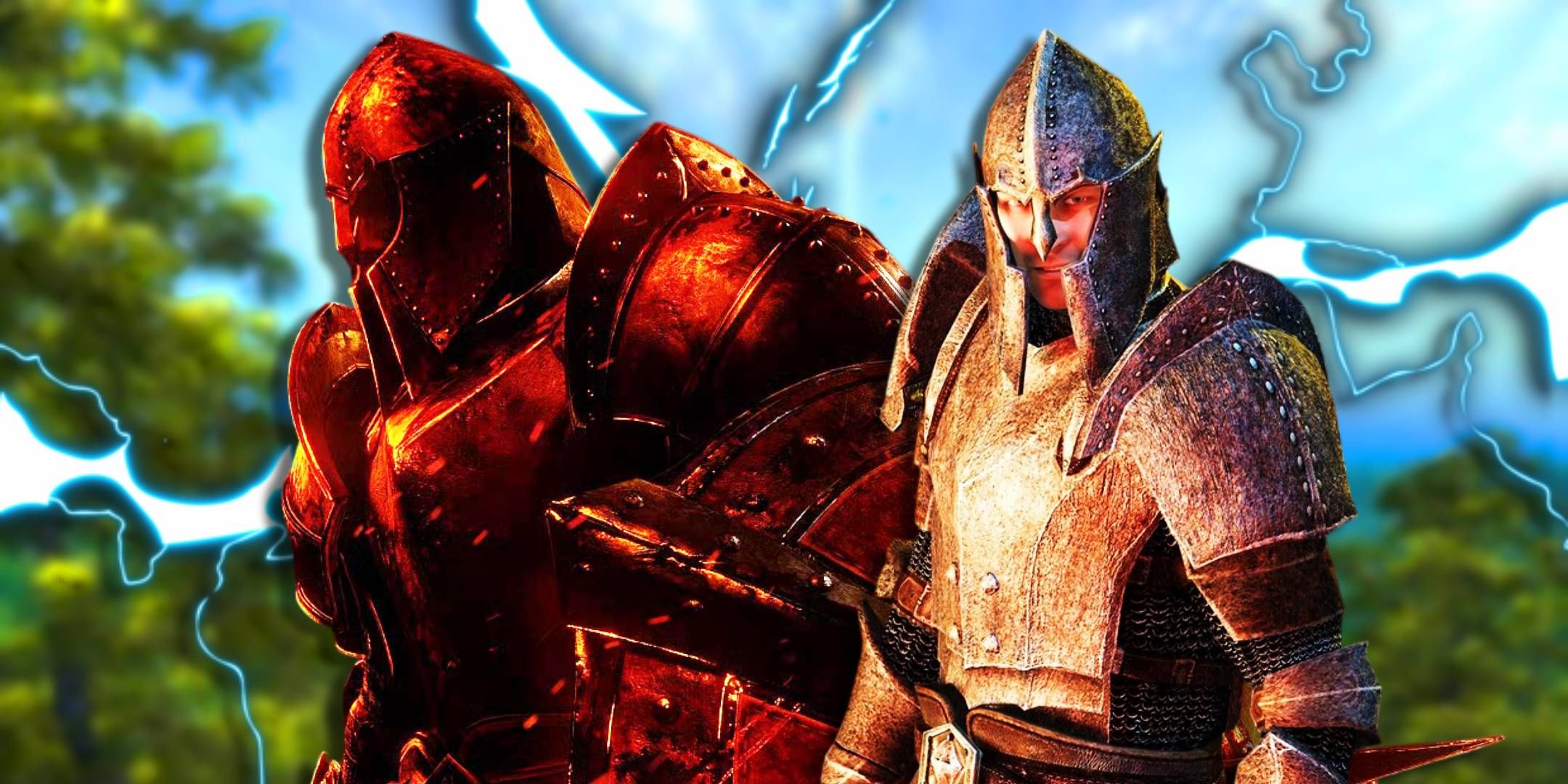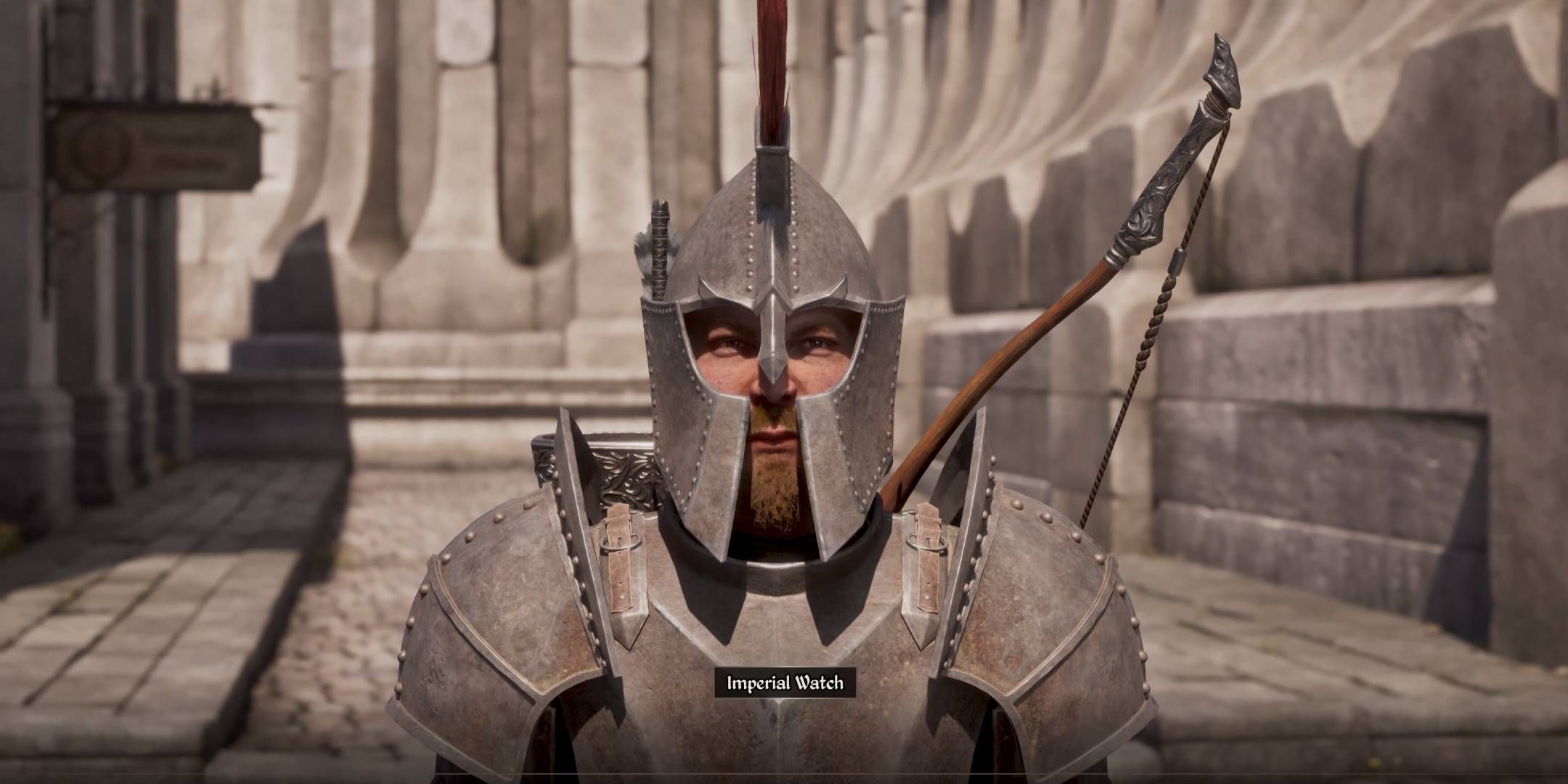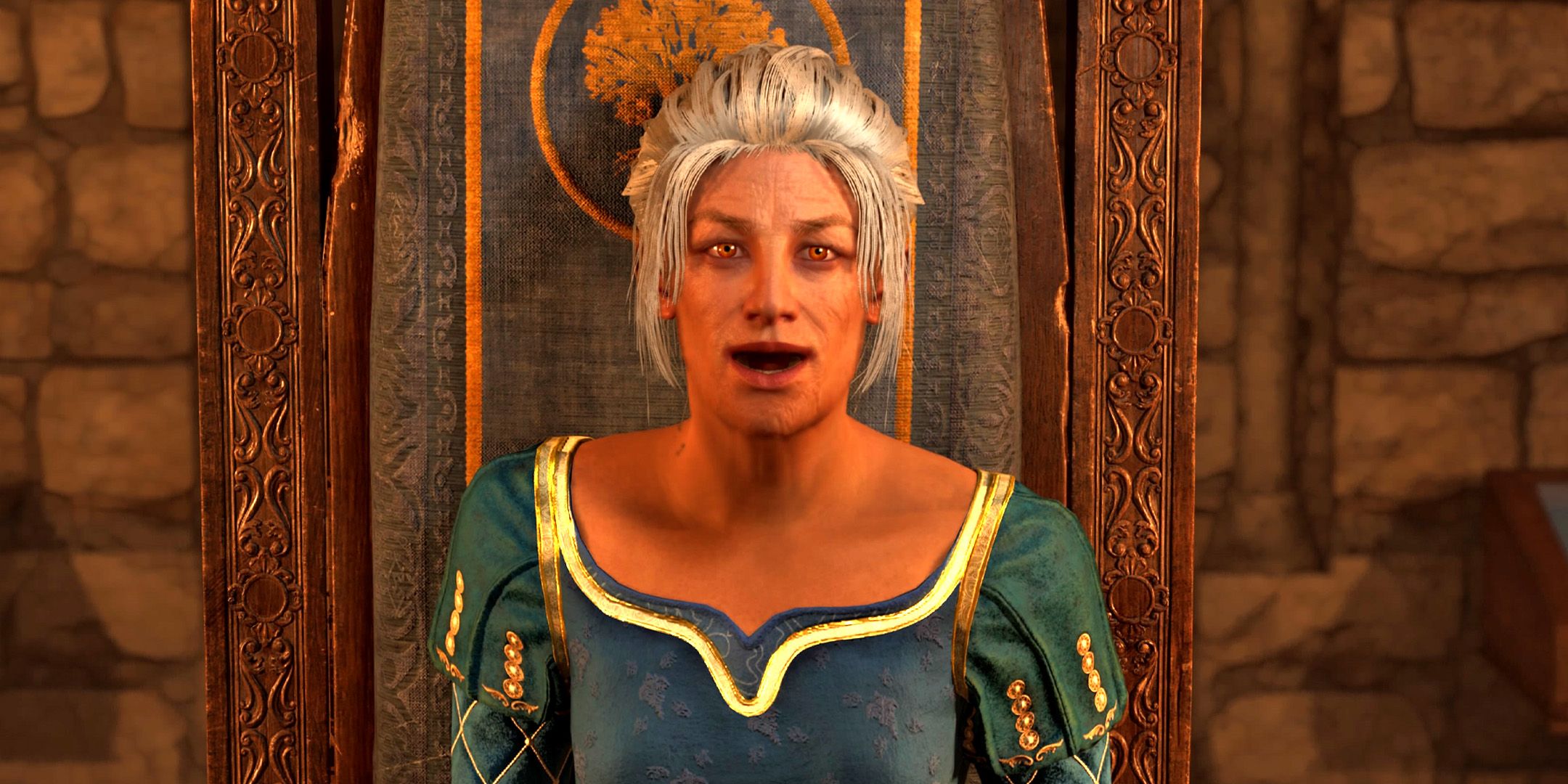Introduction: A Glorious Return to Cyrodiil
The Elder Scrolls IV: Oblivion Remastered, released on April 22, 2025, has been a triumphant return to one of gaming’s most beloved RPGs. Originally launched in 2006, Oblivion captivated players with its sprawling open world, quirky charm, and groundbreaking freedom. The remaster, developed by Virtuos in collaboration with Bethesda Game Studios, uses Unreal Engine 5 to deliver stunning visuals, refined gameplay, and quality-of-life improvements that bring Cyrodiil into the modern era. With 4 million players diving in within its first week and a Metacritic score of 91, it’s clear that Oblivion Remastered is a near-perfect revival of a classic. However, amidst the praise, one aspect of the original game has been fundamentally altered, stripping away a piece of its nostalgic magic. Let’s explore what makes this remaster exceptional and the one element it has inadvertently ruined.

A Visual and Technical Marvel
The most immediate triumph of Oblivion Remastered is its graphical overhaul. Built on Unreal Engine 5, the game leverages technologies like Lumen global illumination, Nanite virtual geometry, and ray-traced lighting to transform Cyrodiil into a breathtaking fantasy realm. The Imperial City now glows with vibrant skyboxes and dynamic lighting, while dense forests and Ayleid ruins are adorned with hyper-realistic textures. Character models, though still retaining some of the original’s uncanny charm, feature detailed elements like facial hair—a new addition to the remaster. The remaster’s visuals are a far cry from the original’s dated Gamebryo engine, which struggled with limited polygons and excessive bloom. Players on platforms like Xbox Series X and PC have noted that this is the best-looking Bethesda game to date, a sentiment echoed across reviews on Metacritic.
Beyond visuals, the remaster refines gameplay mechanics to align with modern standards. The leveling system, a notorious pain point in the original, has been revamped into a hybrid of Oblivion and Skyrim’s systems. Players now earn 12 Virtue Points per level to allocate across attributes, and minor skills contribute to XP, making progression less punishing for casual players. Combat has also been overhauled—melee attacks have new animations with more weight, blocking is inspired by Soulslike mechanics, and bow combat is smoother with a functional third-person camera. The addition of a sprint button, absent in the original, makes traversal less tedious, ensuring that exploring Cyrodiil’s vast landscape feels fluid and engaging.
Preserving the Spirit of Oblivion
What makes Oblivion Remastered near-perfect is its dedication to preserving the spirit of the original while addressing its dated elements. The game retains its dreamlike, unpredictable open world, where a simple journey can spiral into a surreal adventure—like being chased by minotaurs across Cyrodiil only to be saved by a guard, as noted in player anecdotes on platforms like GamesRadar+. The iconic voice acting, with its crunchy compression and flubs, remains largely intact, featuring familiar voices like Wes Johnson alongside new lines from Sean Bean and Patrick Stewart. NPCs still deliver their awkward, often hilarious lines about mudcrabs, maintaining the “Bethesda jank” that fans adore. The Radiant AI system, though dated, continues to produce nonsensical but endearing behavior—NPCs walk into walls, steal bread, or ramble incoherently, adding to the game’s charm.
The remaster also includes all original expansions, such as Knights of the Nine and Shivering Isles, alongside new content like bonus quests and, cheekily, new horse armor DLC—a nod to the original’s infamous 2006 microtransaction. The UI has been overhauled for clarity, with numerical values added to character creation sliders for precise customization. Accessibility features, additional autosaves, and refined stealth mechanics (now more akin to Skyrim’s system) make the game more approachable without sacrificing its core identity. For longtime fans, Oblivion Remastered feels like coming home—a shinier, smoother version of the game they fell in love with nearly two decades ago.

The Flaw: Losing the Dreamlike Lighting Ambiance
Despite its many successes, Oblivion Remastered has faltered in one critical area: the original’s dreamlike lighting ambiance. The 2006 version of Oblivion was defined by its soft, hazy lighting and excessive bloom, which gave Cyrodiil a surreal, ethereal quality. This bloom-heavy aesthetic wasn’t just a technical limitation of the Gamebryo engine—it was a deliberate design choice that complemented the game’s unpredictable, otherworldly nature. Sunsets bathed the landscape in a golden glow, caves shimmered with an almost magical luminescence, and the world felt like a painting come to life. This dreamlike quality was a key part of Oblivion’s identity, evoking a sense of wonder that made every journey feel like a step into a fantastical realm.
In the remaster, this ambiance has been replaced with a more modern, toned-down approach. Unreal Engine 5’s realistic lighting, while technically impressive, opts for darker color grading and a more grounded palette. The golden-hour glow that once defined Cyrodiil’s countryside is gone, replaced by sharp, realistic lighting that aligns with 2025’s graphical standards but strips away the original’s whimsical charm. Players on platforms like X have voiced disappointment, noting that the remaster feels “stripped clean of its dreamlike aura.” Reviews from sources like Wccftech echo this sentiment, pointing out that the original’s bloom-heavy look suited its unique, dreamlike nature, whereas the remaster’s modernized lighting feels too clinical, more in line with contemporary games like Starfield than the fantastical tone of 2006’s Oblivion.
Why This Change Matters
The loss of Oblivion’s dreamlike lighting isn’t just a visual downgrade—it fundamentally alters the game’s atmosphere and emotional impact. The original’s lighting contributed to its sense of immersion, making players feel as though they were stepping into a living myth. A sunrise over Lake Rumare wasn’t just a pretty view; it was a moment of awe that reinforced the game’s themes of prophecy and destiny. The remaster’s more realistic lighting, while beautiful in its own right, lacks this emotional resonance. Caves now look stark and cold, and the overworld feels more like a semi-realistic fantasy environment than the magical realm it once was. This shift diminishes the sense of wonder that made Oblivion so special for players in 2006, especially for those experiencing it for the first time through the remaster.
This change also highlights a broader tension in remasters: the balance between modernization and preservation. Virtuos and Bethesda clearly aimed to make Oblivion appealing to modern audiences, and in many ways, they succeeded—the game looks stunning, and its gameplay feels smoother than ever. However, by prioritizing realism over the original’s stylistic choices, they’ve sacrificed a core element of what made Oblivion unique. The dreamlike lighting wasn’t just a product of its time; it was a deliberate artistic decision that shaped the game’s identity. Removing it feels like repainting a classic artwork with modern colors—it might look “better” by today’s standards, but it loses the soul of the original piece.

Performance Hiccups: A Minor Blemish
While the lighting change is the most significant flaw, Oblivion Remastered isn’t without other issues. Performance problems have been a recurring critique, particularly on PC, where Digital Foundry labeled it one of the worst-performing games they’ve tested, citing frequent stuttering and frame drops even on high-end systems like the Ryzen 7 9800X3D. On consoles, players on Xbox Series X have reported frame rate dips during autosaves or intense battles in Kvatch, alongside bugs like disappearing Oblivion Gates and NPCs refusing to engage in quest dialogue. These issues, while frustrating, are often seen as part of Bethesda’s “charm,” and for many fans, they don’t detract from the overall experience. The lighting change, however, strikes at the heart of what made Oblivion special, making it a more significant misstep.
Community Sentiment: A Mixed Reaction
The Oblivion Remastered community has largely embraced the update, with 4 million players diving in within the first week and a Steam concurrent player peak of over 100,000. Fans on platforms like X have praised the revamped leveling system, sprint mechanic, and graphical overhaul, with some calling it “the best remaster Bethesda has ever done.” However, the lighting change has sparked criticism. Players who cherished the original’s ethereal glow feel that the remaster trades nostalgia for realism, a sentiment echoed in reviews from outlets like Wccftech, which noted that the new lighting feels “one step too far” from the original’s ambiance. For new players, this might not matter as much, but for veterans, it’s a noticeable loss that tempers the remaster’s otherwise stellar execution.
Could It Have Been Different?
It’s worth considering whether Virtuos and Bethesda could have preserved Oblivion’s lighting while still modernizing the game. A hybrid approach—retaining the bloom-heavy aesthetic in certain areas or offering a toggle for “classic lighting”—could have satisfied both new and returning players. Other remasters, like Metroid Prime Remastered, have successfully balanced modern visuals with the original’s atmosphere, suggesting that such a compromise is possible. However, Bethesda’s decision to lean fully into Unreal Engine 5’s capabilities reflects a broader industry trend of prioritizing realism over stylistic fidelity, even at the cost of a game’s unique identity. While this choice makes Oblivion Remastered more accessible to modern audiences, it alienates some fans who valued the original’s dreamlike quality above all else.
The Verdict: A Masterpiece with a Missing Piece
Oblivion Remastered is a near-perfect revival of a classic RPG, delivering stunning visuals, refined gameplay, and a faithful recreation of Cyrodiil’s quirky charm. The Unreal Engine 5 overhaul makes it the best-looking Bethesda game yet, while improvements like sprinting, a revamped leveling system, and enhanced combat ensure it plays better than ever. For new players, it’s an ideal entry point into The Elder Scrolls series, and for veterans, it’s a nostalgic return to a beloved world—bugs, jank, and all. However, the loss of the original’s dreamlike lighting ambiance is a significant misstep, stripping away a core element of Oblivion’s emotional and atmospheric impact. While the remaster excels in almost every other area, this change leaves a bittersweet aftertaste, reminding us that even the best remasters can’t always recapture the magic of the past. Still, Oblivion Remastered remains a must-play for RPG fans—dive into Cyrodiil and see why this remaster is both a triumph and a tragedy.





